
Bill 5: a guide to Ontario’s spring 2025 development and mining legislation
The public has a few days left to comment on Doug Ford’s omnibus development bill....
Mary Delaney was hosting a bonfire with friends on her farmland in Pickering, Ont., on a warm day in early November 2021.
When her husband, Joe Bezubiak, went to grab firewood from their barn, he came barrelling back toward their house, screaming, “They’re here! They’re here! Call that guy!”
Unlike most Canadians, the couple knew about the country’s growing wild boar problem.
The guy Bezubiak was referring to was Ryan Johnstone, a member of the wild pig team at the Ontario Ministry of Northern Development. A wildlife research technician, Johnstone had earlier knocked on the couple’s door and handed them a pamphlet on the invasive species. The official explained that there had been a few sightings of wild pigs in the area and asked them to report any they had themselves.
So, while Bezubiak calmed down, Delaney notified Johnstone, who asked her to take as many photos as possible as he raced to the scene. An environmentalist and retired journalist, Delaney managed to work up the courage to approach the 14 wild pigs — who had scuttled to a nearby road — from the safety of her car.
When Johnstone showed up, Delaney watched as he crept in closer to snap pictures of the group when two male pigs, complete with full tusks, began charging at each other. The two pigs soon turned their aggression toward Johnstone.
“He picked up the nearest thing there, which was a blue box and sort of, you know, flung it at them because he didn’t have anything else handy. And the two of them split and ran in two different directions,” Delaney said.
That was the couple’s first encounter with wild pigs, one of the worst invasive species on the planet. Intelligent, aggressive and highly destructive when foraging, wild pigs are a problem on every continent except Antarctica, according to Ryan Brook, an associate professor in agriculture and bioresources at the University of Saskatchewan.
“If a group of experts sat down and designed the perfect invasive species, we would basically draw a wild pig and then go for lunch and call it a day because we’re not going to get much better,” said Brook, who has dedicated the last 13 years of his life to studying wild pigs and heads the university’s Canadian wild pig research project.
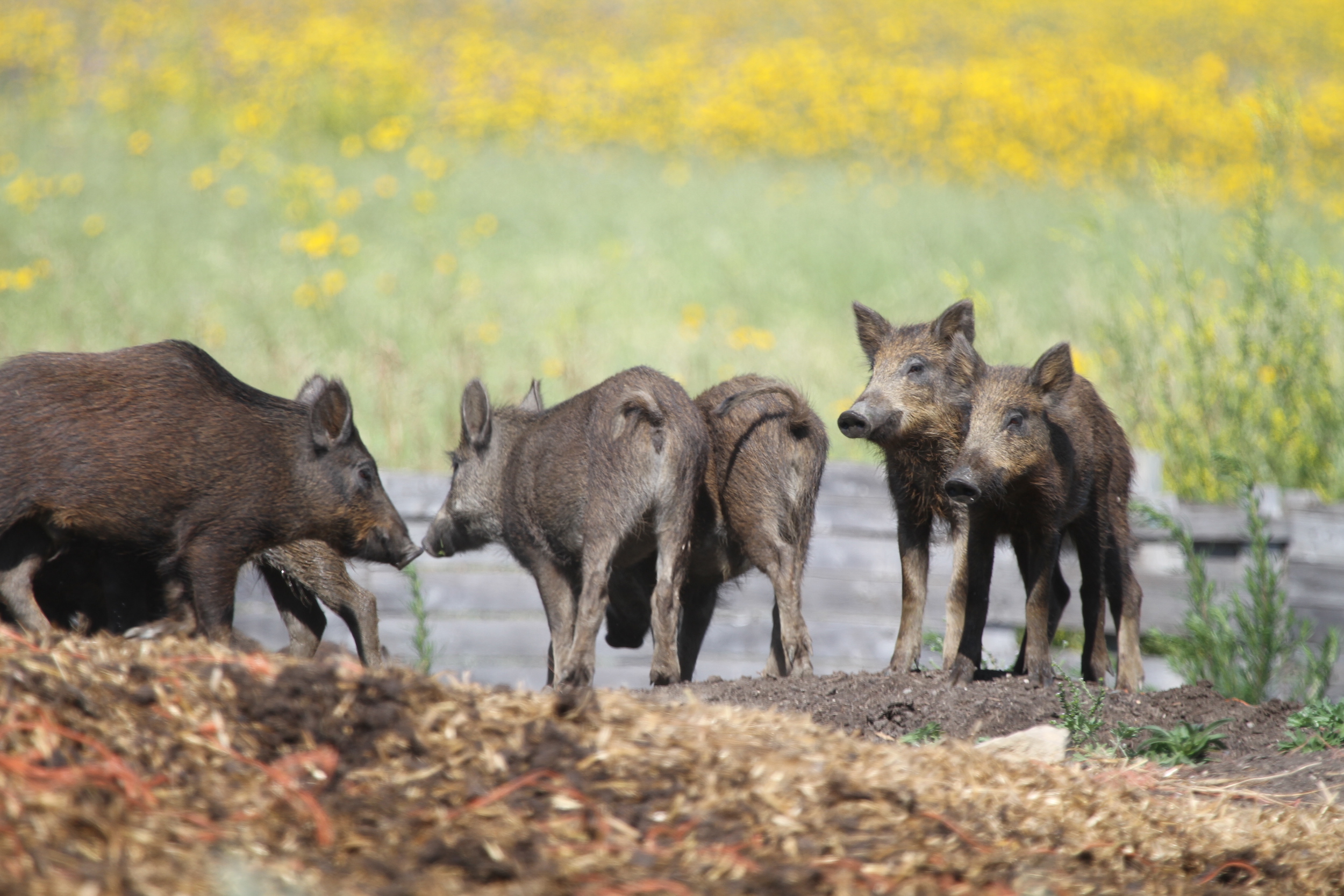
Wild pigs are massive creatures, typically weighing between 120 and 250 pounds, although Brook says one boar he encountered weighed 638 pounds. Feral pigs can ruin natural habitats, eat crops, harass livestock and contaminate water sources. They can also carry a plethora of diseases that can spread to livestock: foot and mouth disease is expensive to deal with when it infects whole herds, while highly infectious African swine fever “would practically end Canada’s global trade in pork,” according to the Canadian Hog Journal.
Their environmental impact is also sobering, said Tore Buchanan, a researcher with Ontario’s Ministry of Northern Development, Mines, Natural Resources and Forestry. “Wild pigs are intelligent and highly social animals,” Buchanan wrote in an email. “As opportunistic omnivores, they eat a wide range of food, such as worms, insects, small mammals and the eggs and young of ground-nesting birds and reptiles.”
The invasive animal creates the perfect environment for invasive plants. According to the Invasive Species Council of BC, wild pig rooting and trampling destroys seedlings and roots of native flora and “creates ideal conditions for invasive plants to colonize the disturbed soil.”
Wild pigs are also prolific breeders, with sows producing around six piglets per year, meaning their population grows exponentially. In Canada, the range of wild pigs has been expanding by a staggering nine per cent a year since 1990, according to the first-ever national survey on the topic, published by Scientific Reports in 2019.
Brook’s database cites more than 60,000 wild pig occurrences throughout the country over the past decade. The majority of these sightings are in Saskatchewan, but wild boars are a problem everywhere.
The first wild boars were imported from Europe in the late 1980s and early 1990s by farmers looking to diversify Canadian livestock, as well as for recreational hunting. But many broke out of their enclosures: wild boars are notorious escape artists, capable of “easily jumping a six-foot fence,” Brook explained.
As the market for wild boar meat declined in the early 2000s, many Canadian farmers released animals into the wild, adding to the already growing population.
In rural Canada, it was not hard for wild pigs to find the kind of landscape in which they can thrive. Pigs are drawn to areas that offer ample, energy-rich food from agricultural crops and forest cover, with relatively low predator densities, according to recent studies.
And while wild pigs are concentrated in the Prairie provinces for now, it is only a matter of time before they spread across the country unless urgent action is taken, Brook warned.
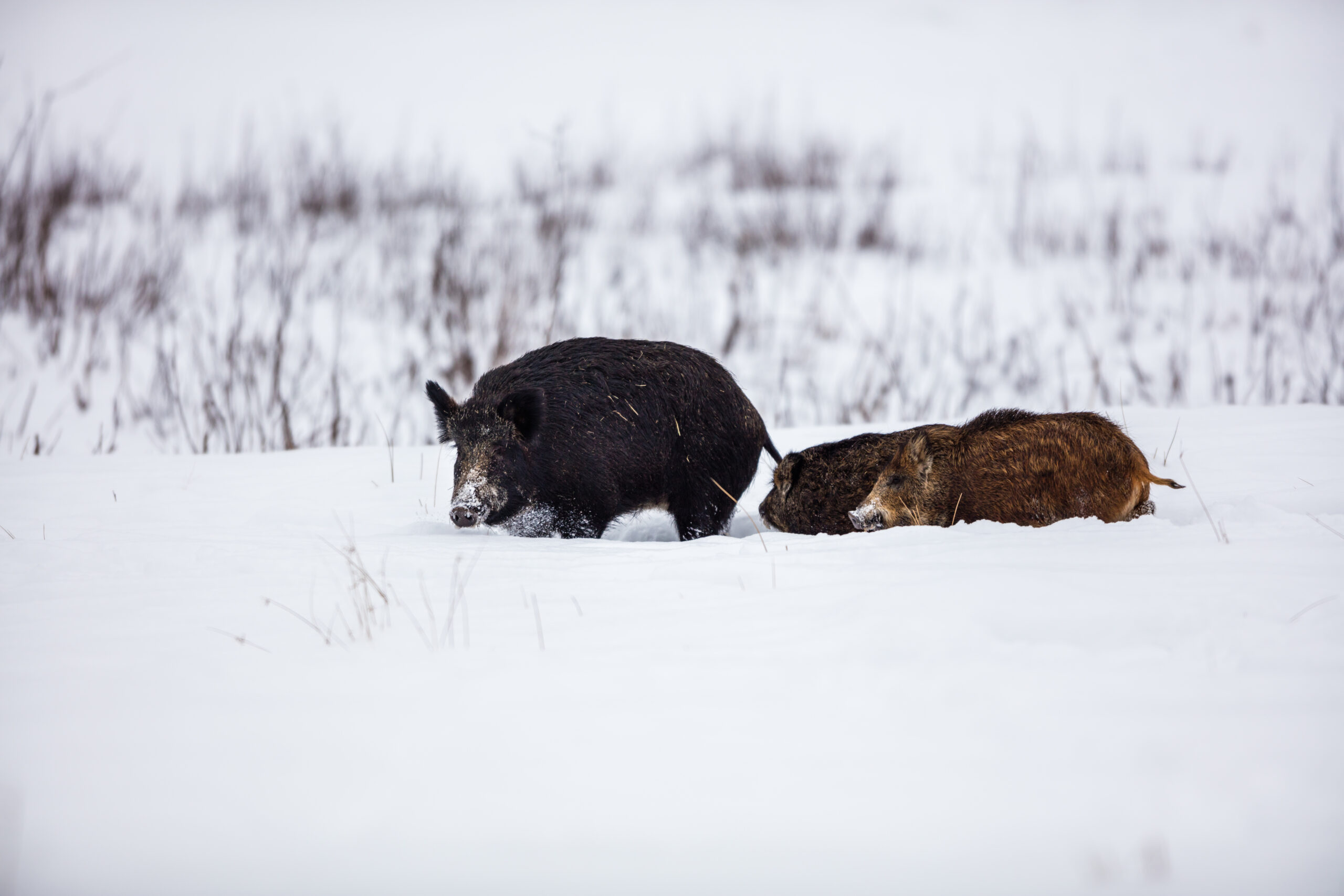
“As of today, right now, it’s overwhelmingly a Canadian Prairie province issue. But between 10 to 12 years, you can go from having no problem to being overwhelmed by the problem. So this is one of those things that gets out of hand very quickly.”
“This is not a Saskatchewan problem. It’s not a Canada problem. It’s a global problem,” he said.
Brook said the solution is for each province to establish a solid, scientific population management strategy.
“If you don’t have a provincial strategy, you will fail. Your chances of getting ahead of this are effectively zero, in my opinion,” Brook explained.
Ontario does have a strategy, released in fall 2021. It includes reporting systems for farmers whose pigs have escaped and for general wild pig sightings, like the Delaneys’ case. Since wild boars are social creatures often found in groups, the province also tracks, traps and euthanizes as many whole herds as possible.
So far, Ontario’s strategy has staved off established populations, and Brook believes the province can be free of the animals in 40 years if it continues. He’s frustrated that other provinces with more severe issues haven’t followed the same model.
“Unbelievably, and very disappointingly, Manitoba and Saskatchewan, as far as I’m aware, do not have a strategy. They certainly haven’t had a strategy that’s been available for any kind of general comment or review or reading. And that is really unacceptable,” Brook said. “There is a major disconnect between what’s happening with respect to provincial strategies and the harsh reality that this is getting out of hand fast.”
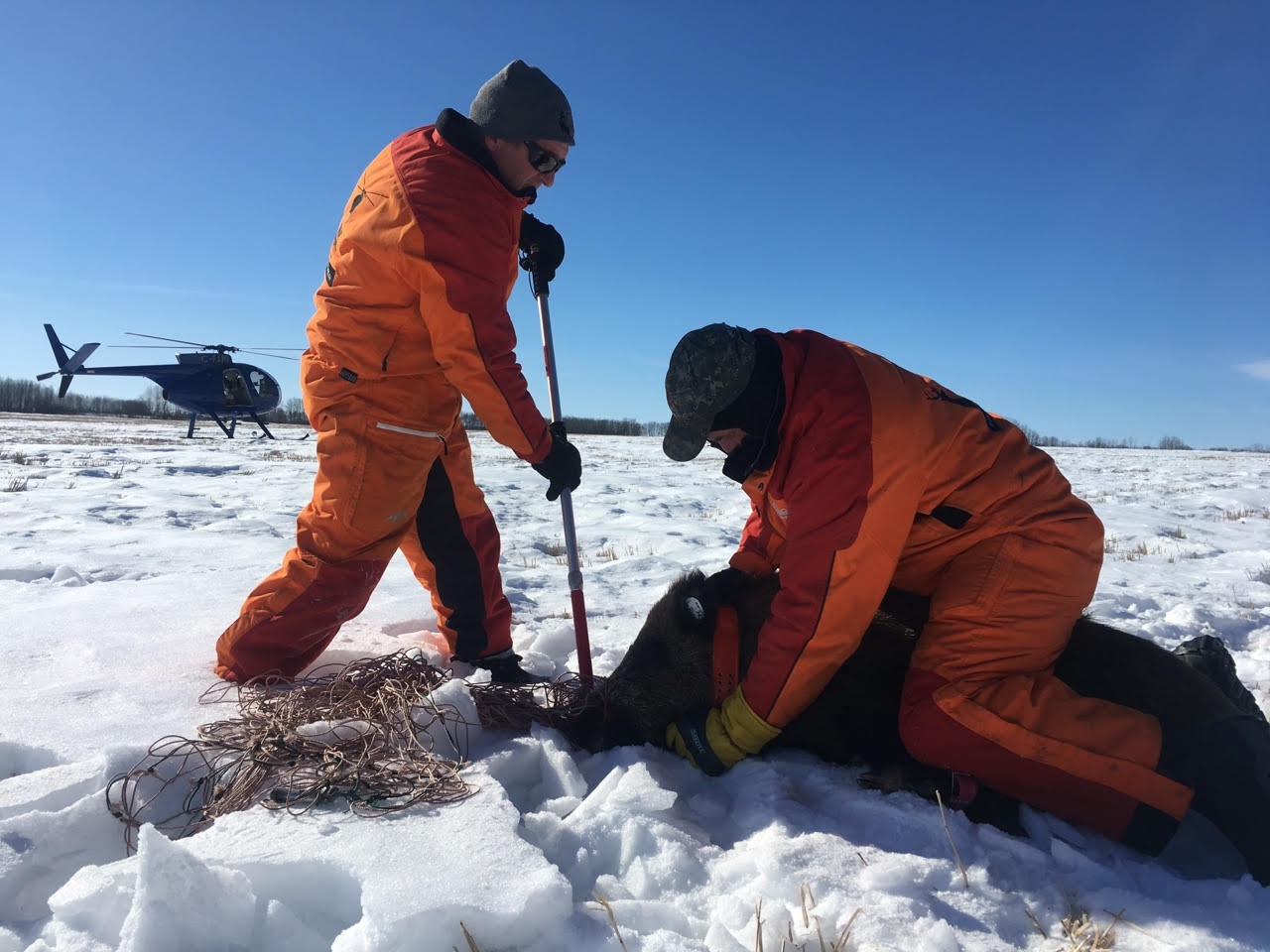
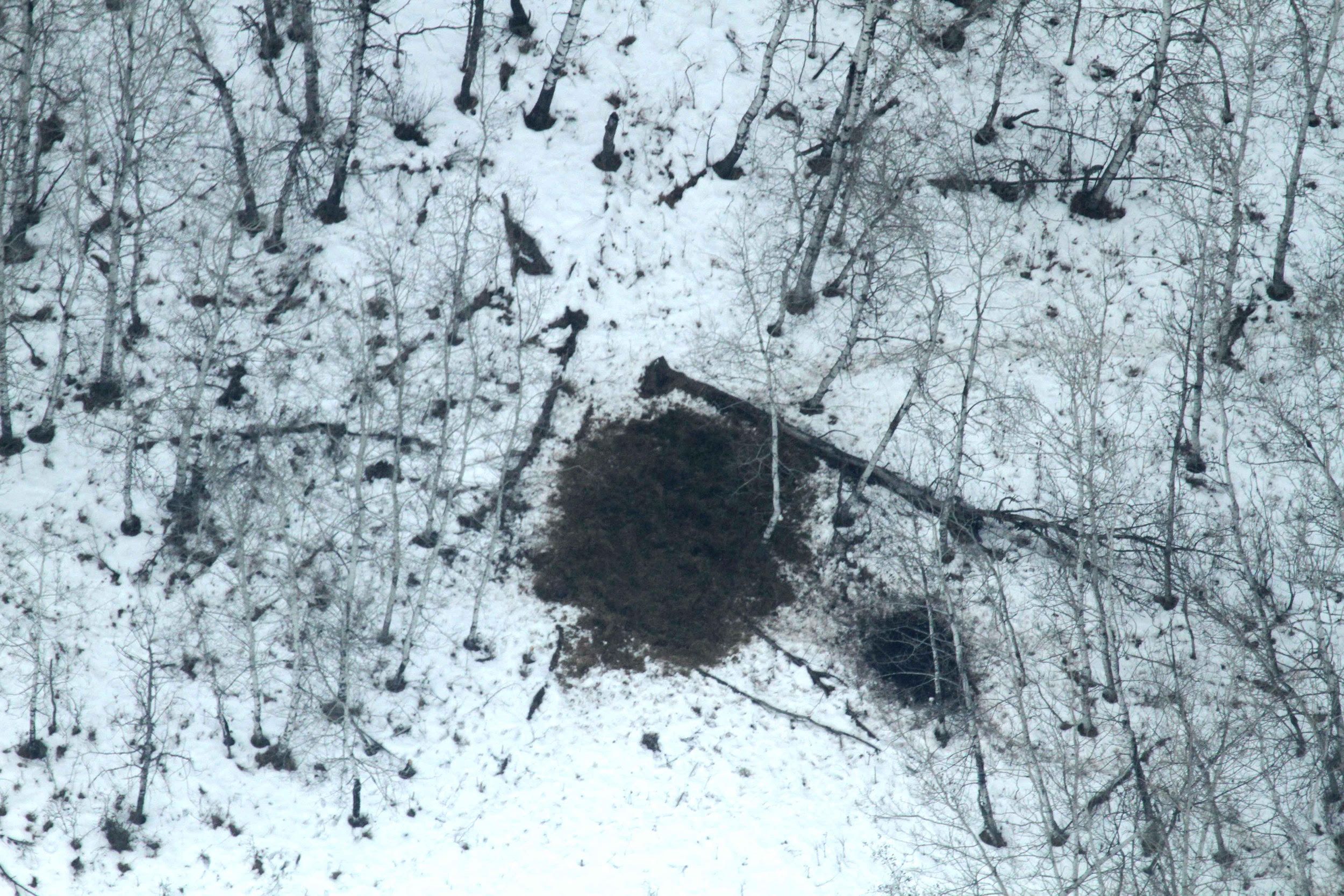
Jamie Sharks, a spokesperson for the Saskatchewan government, said the province relies on a control program run by the Saskatchewan Crop Insurance Program, which organizes the trapping or euthanizing of boars when sighting are reported.
In an email, Manitoba government spokesperson Miranda Dube said the province is actively collecting data to inform future policy. “In 2022, the province began utilizing new big game management survey tools to allow collection of information on the prevalence of wild boar in specific game hunting areas,” Dube wrote.
What Manitoba does have are provincial rules that allow wild pig hunting any time of year with no bag limit, or restriction on number of animals they take. In B.C., “hunting is the only control measure,” the Invasive Species Council wrote in 2019. In Saskatchewan, although “wild boar may be shot by Saskatchewan residents without a licence to protect their property, hunting is not a recommended control measure,” Sharks explained in an email.
Alberta’s strategy incentivizes hunting directly, offering to pay hunters $75 per set of ears. The CBC reported last fall that zero kills had been made in the bounty program, but Brook is not a fan of the idea.
“I have been vocally saying that a bounty is a great option if you want more wild pigs. That is a fantastic strategy — if you want to double your pigs,” Brook said sarcastically.
He explains that research shows hunting actually accelerates the spread of wild pigs, as they flee to new areas to evade hunters. Ontario’s strategy bans the recreational hunting of wild pigs, which he approves of.
The Alberta government did not respond to The Narwhal’s request for comment.
While the bounty might not have been claimed yet, wild boar hunting in Alberta is wildly popular, in part because there is no limit on the season. At HogWild Specialties in Mayerthorpe, owner Earl Hagman sells both wild boar meat and overnight hunting packages. Large trophy boar hunts are $1,800, and hunters can bring any legal weapon and are guided through the property.
Hagman says the packages are popular, and the business hosts around 10 hunters per month. However, he says most people “come for the meat” because of Hagmans “natural” raising process: meat animals are $1,000 each.
Aside from the lack of season or quantity limitations, hunters are excited by the “thrill-seeking” element to wild boar hunting, Brook explained. “People call wild pigs the poor man’s grizzly, because it’s one of the few species, like wild grizzlies, that will actually try and kill you.”
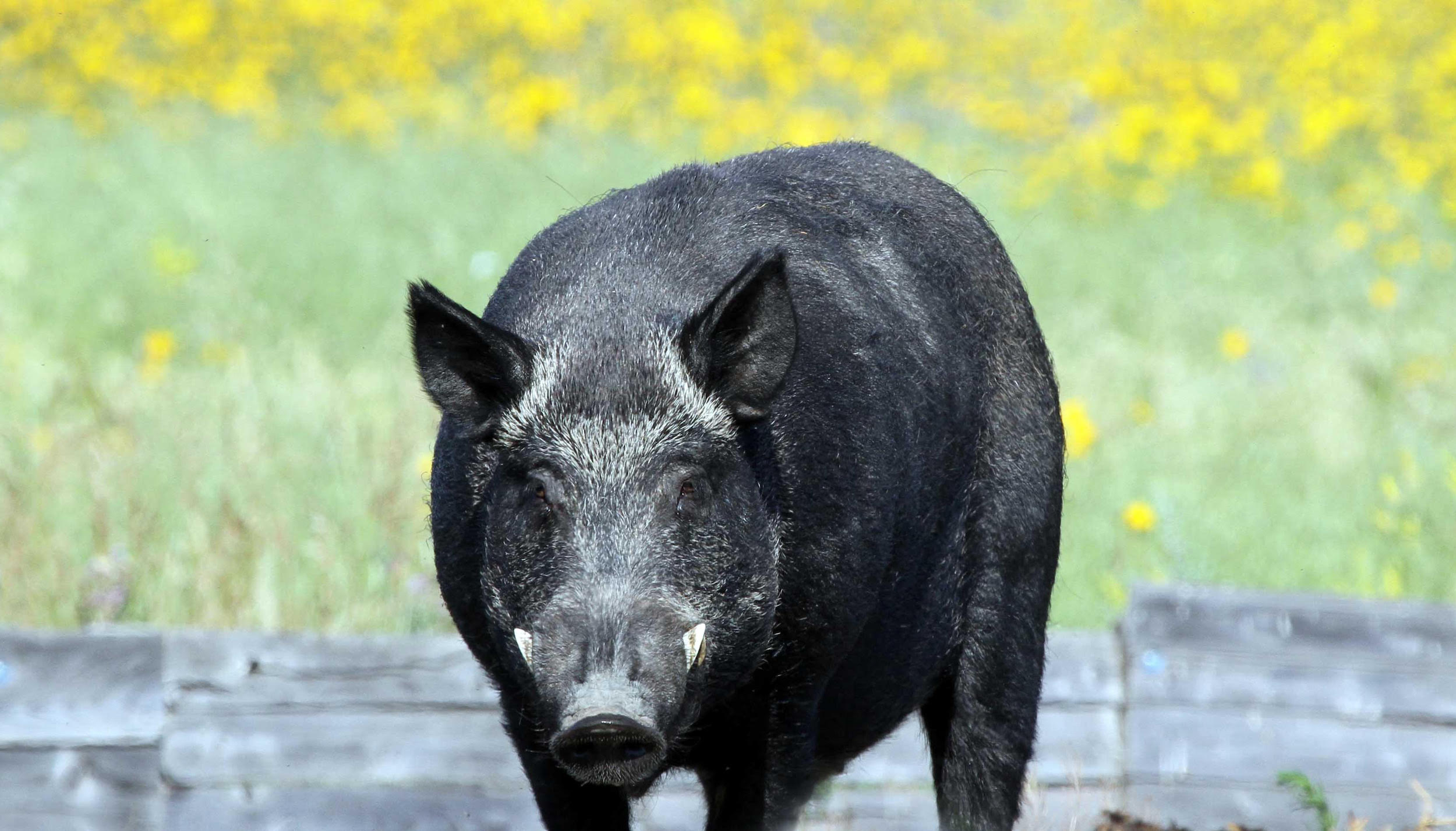
As for Delaney, she respects the danger presented by wild boars.
“If it comes down to it, they will win. Because they’re as smart as us. But unlike us, they’re fearless, and they’re dangerous, and nothing can stop them. If people are hunting them, if they are using a spear, they have to have some sort of barrier on them because the boar, even if it has been stabbed, will keep coming at you.”
After the Delaneys called him, Johnstone set up a series of traps to capture the 14 wild pigs in her area. After a few weeks, all were caught in a trap, then euthanized and sent for scientific autopsy at the University of Guelph. The successful lure was what Delaney calls “a fluffer-nutter on a stick.”
“He mixed up peanut butter and marshmallow fluff and put it on a stick so that the wind could blow it, and it caught the breeze. And that is what got them.”
Updated Jan. 24, 2023, at 3:52 p.m. ET: This story was updated to correct Joe Bezubiak’s surname.
Get the inside scoop on The Narwhal’s environment and climate reporting by signing up for our free newsletter. On a warm September evening nearly 15...
Continue reading
The public has a few days left to comment on Doug Ford’s omnibus development bill....

115 billion litres, 70 years to fix, $5.5 billion in lawsuits

Climate change, geopolitics and business opportunities power a blue economy
